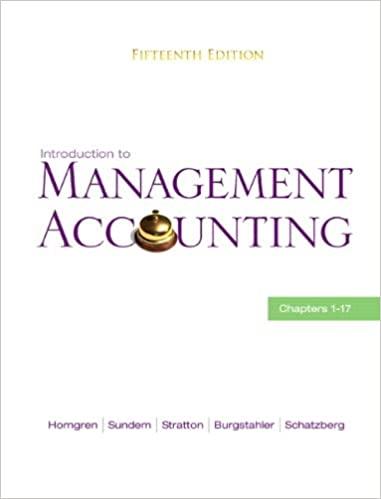Question
15. bond Principal, par value (KRW) Maturity (year) rate of votes Maturity rate of return A 1000 1 0% 10% B 1000 2 0% 12%
15.
| bond | Principal, par value (KRW) | Maturity (year) | rate of votes | Maturity rate of return |
| A | 1000 | 1 | 0% | 10% |
| B | 1000 | 2 | 0% | 12% |
| C | 1000 | 3 | 0% | 13% |
| D | 100000 | 4 | 8% | 11% |
(1)Consider the state bonds under the above conditions.
How much is the current market price of D bonds among the above bonds?
(2)Consider the future cash flows that these bonds generate.
The cash flow of bond D is exactly the same as the cash flow of the portfolio holding x, y, and z bonds at the same time, respectively.
What if we get x+10y+100z?
(3)Suppose that the future cash flows of a portfolio with an appropriate number of A, B, and C are, after all, exactly the same as the cash flows that D creates in the future (see the previous question)
Depending on the terms of the non-debt transaction, the present value of this portfolio will have to be equal to the price of D.
Find the present value of the portfolio purchased in the appropriate number of A, B, and C to equal D? (indicate up to natural number units)
(4)
Now, let's consider the three problems that we solved earlier.
Was the price of the D bond determined by the terms of the non-debt transaction?
If not, you can benefit from arbitrage. What if I get a profit?
(Note up to natural number units.)
I'll give you a thumbs-up by answering all four questions. Thank you very much.
Step by Step Solution
There are 3 Steps involved in it
Step: 1

Get Instant Access to Expert-Tailored Solutions
See step-by-step solutions with expert insights and AI powered tools for academic success
Step: 2

Step: 3

Ace Your Homework with AI
Get the answers you need in no time with our AI-driven, step-by-step assistance
Get Started


